What are the most time-consuming business workflows at your company? To save time and money on cumbersome processes, many companies have turned to business software like document management systems. There are many great software solutions available to help companies automate and streamline business processes.

However, just buying and implementing the software won’t optimize your business workflows. That takes time, effort, and careful data analysis. After all, automation won’t help you very much if you’re automating confusing and unnecessarily complicated processes. Read on to find out more about the basic steps of business workflow optimization. While the details of the optimization process will vary, this big-picture outline will apply in nearly every case.
Research
The first step to optimizing a particular business workflow is research. You need to understand exactly how the current process works, who the stakeholders are, which departments and employees are involved, and what the goal of the process is. You’ll also need a way to measure the process—consider collecting such data points as cycle time, lead time, and throughput.
Another important place to gather data is the time elapsed during each step of the process (breaking the process down into the smallest components you can).
Speak with the actual people involved in the process: you may discover that employees have been using workarounds or devising makeshift solutions to problems they’ve encountered. You may want to compile reports, especially if the optimization needs approval from company executives.
Analyze
Now that you have all the relevant data at your fingertips, it’s time to analyze that data to determine the best way forward. Which steps of the process take the most time? Is the process producing ideal output, or should it be adjusted to better fit the needs of your company? What are the KPIs for this process? It’s a good idea to include stakeholders at this stage, too, because the people closest to the process are probably the people most able to offer solutions.
This step is all about finding the root causes of inefficiencies or difficulties in the process. For example, if one particular step takes far longer than the others, it may be due to a software failing—but it also may be due to an untrained employee. Before you try to fix a problem, make sure you’re fixing the right problem.
Improve
Now that you’ve gathered and analyzed data, you should have a pretty good idea of what needs to change. Whether that means implementing new software, retraining employees, increasing headcount, or reducing bottlenecks, it’s time to fix the problem (or at least try to fix it). While some workflows may require a complete overhaul, some may only need a few tweaks. If you aren’t sure which solution will fix the problem, it’s probably a good idea to try out some of the less dramatic fixes first. If they don’t work, you can try the more expensive or in-depth solutions.
Evaluate
Even if you’ve implemented what you think is the perfect solution, you’re not done! You need to make sure the solution is, in fact, working. Carefully monitor the KPIs that you determined earlier in the optimization process to make sure no further adjustments are necessary. Be sure to check in with the employees involved in the workflow to see whether the solution is meeting their needs or not. Continue adjusting the workflow until it truly is optimized. Leaving a job half-finished is sometimes worse than not starting it at all.
Looking for an Optimization Partner?
Laminin Solutions provides a range of business software that will help you streamline your workflows, automate processes, and save time and money. If you’re interested in working with our team of experts to optimize your business workflows, contact us today.




